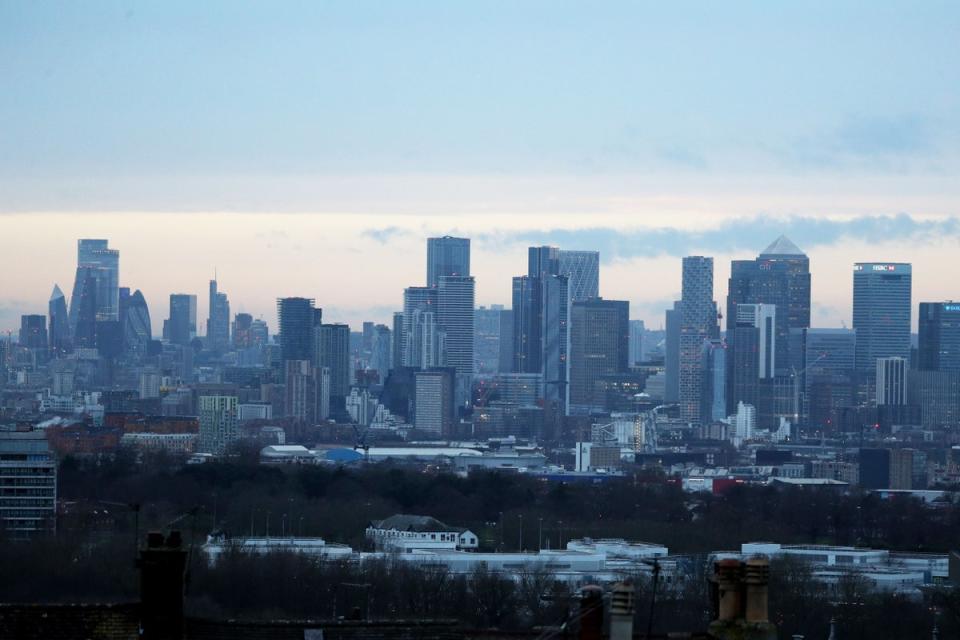Transport strikes hit rebound in London office occupancy levels

Rail and tube strikes look to have knocked London office occupancy levels below the 30% mark for the first time in 2023 since early January, but property giants said the longer term recovery is progressing well.
This month marks the third anniversary of the UK’s first lockdown when the public were ordered to work from home where possible, and post-Covid hybrid working is popular.
Remit Consulting, which tracks figures provided by building managers, found the national office occupancy stood at 29.9% and 26.5% in London last week, the lowest in the capital this year since the week ending January 6. Pre-pandemic properties were closer to 60% full.
The highest figure for London since the company began analysing the numbers in May 2021 was 35.7% in the week to January 20 this year.
Remit Consulting’s Lorna Landells said “industrial action, particularly on the transport networks, like that experienced last week” impacts footfall across various parts of the UK.
But FTSE 100 landlords British Land and Landsec pointed to improving conditions generally. A spokesman for the former said: “In spite of strike action, we are seeing a stable and positive picture in terms of physical office occupancy. This currently sits at around 65% of pre-pandemic levels, and we would expect this to continue to increase over time.”
Landsec’s head of workplace Oliver Knight said: “Occupancy has grown over the last year, in some buildings exceeding pre-Covid levels on certain days.”
He added: “Offices which are well connected, deliver great experiences for users and are surrounded by a variety of local amenities - be it retail, restaurants or leisure - are drawing people back in. As London continues to get busier, we expect this outperformance of prime buildings to continue.”
Enrico Sanna, chief executive of flexible workspace firm The Office Group said: “Occupancy across our portfolio has hit pre-Covid levels and whilst demand for London office space is undeniably back, requirements have evolved. Employees and employers alike now want more from their work space including sustainability, better design, more flexibility and more choice .”

 Yahoo Finance
Yahoo Finance 